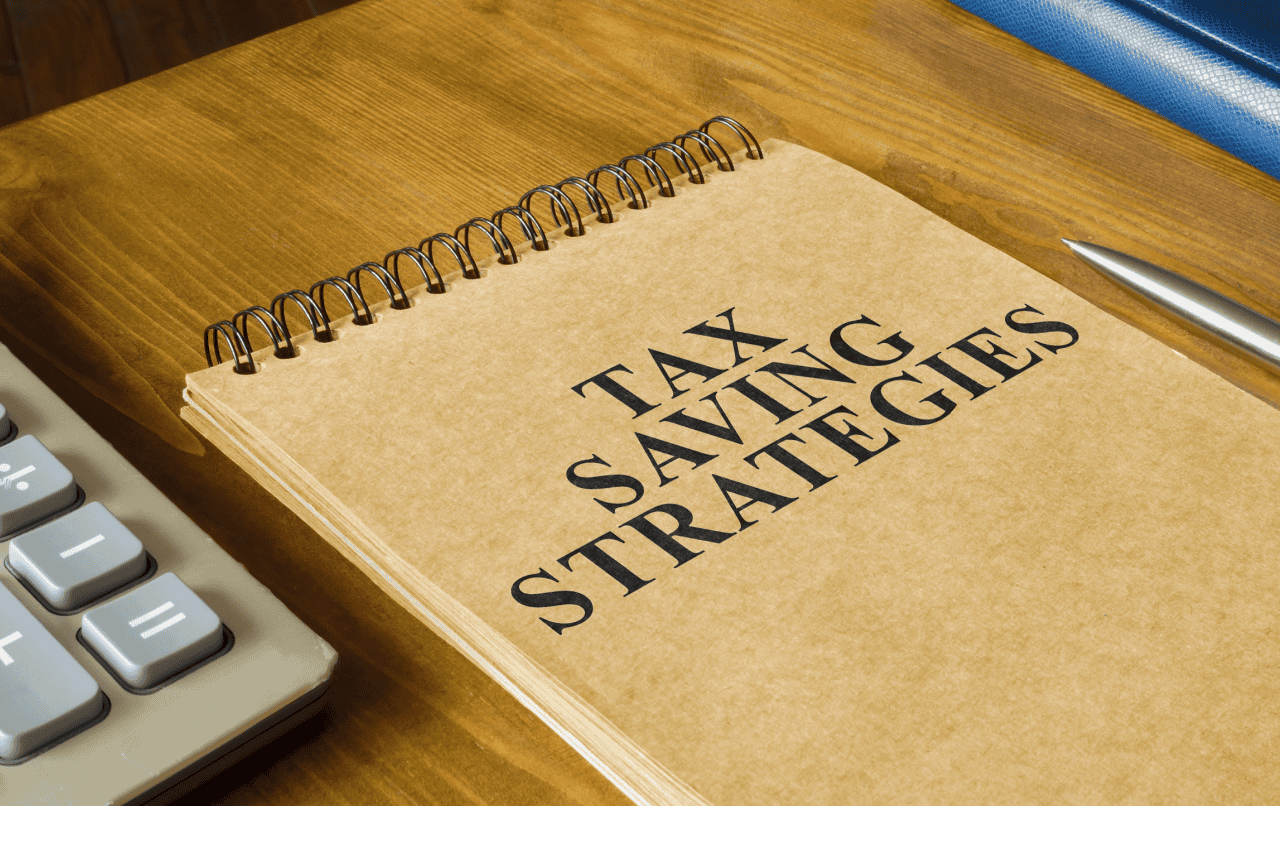What Is the IRS Rule for Passive Income?

5 Best Tax Strategies for Passive Multifamily Investors
Maximize your tax benefits as a passive multifamily investor by leveraging depreciation to reduce taxable income. Syndication investments offer passive investors tax advantages like depreciation deductions. Offset W-2 income with real estate losses to lower tax liability.
Real estate professional status allows deduction of rental property losses against income. Utilize tax-efficient asset transfers such as 1031 exchanges to defer capital gains taxes. These strategies optimize financial outcomes for multifamily investors.
Key Takeaways
- Cost segregation studies for accelerated depreciation benefits.
- Syndication investments for passive income tax offsets.
- Real estate losses to offset W-2 income.
- Real estate professional deductions for income offset.
- Tax-efficient transfers like 1031 exchanges and Opportunity Zones.
Depreciation Maximization
To maximize depreciation for passive multifamily investing, cost segregation studies are essential for accelerating tax benefits. By segregating costs into different asset classes, investors can strategically allocate more expenses to shorter depreciation periods, ultimately increasing tax benefits.
This method allows for accelerated depreciation, greatly reducing taxable income and leading to higher cash flow for passive multifamily investors.
Proper depreciation maximization is vital for investors looking to offset passive losses and lower their overall tax liabilities. Understanding depreciation schedules and implementing effective strategies is key to optimizing tax benefits and maximizing returns on multifamily properties.
Investors in real estate should leverage cost segregation studies to identify components of a property with shorter depreciable lives, such as appliances or carpets, which can be depreciated over 5 or 7 years instead of the standard 27.5 or 39 years for residential properties.
This strategic approach enhances the property’s value by lowering taxable income and increasing cash flow, providing financial freedom for passive investors in the multifamily sector.
Syndication Tax Benefits
Maximizing tax benefits through syndication investments in multifamily properties provides passive investors with opportunities to offset losses and reduce tax liabilities while leveraging professional expertise for strategic advantage. Syndication investments offer passive multifamily investors access to various tax benefits, including depreciation deductions.
By participating in multifamily syndications, investors can offset passive losses against passive income, ultimately leading to decreased tax liabilities.
One key aspect of syndication tax benefits is the ability to leverage the expertise of seasoned professionals. These professionals understand the intricacies of tax laws and can help investors maximize their tax advantages efficiently.
Additionally, tax benefits in multifamily syndications can encompass deductions for mortgage interest and property improvements, providing further opportunities for reducing tax burdens.
To fully capitalize on the tax advantages offered by syndication investments, passive investors must grasp essential concepts like depreciation schedules and cost segregation studies. Understanding these elements is vital for optimizing tax benefits and ensuring compliance with relevant tax regulations.
Get a Free Multifamily Loan Quote
Access Non-Recourse, 10+ Year Fixed, 30-Year Amortization
W-2 Income Offset
Passive multifamily investors can leverage their real estate losses to offset W-2 income, effectively reducing their taxable income. By utilizing this tax strategy, investors can potentially lower their tax liability and increase their cash flow from real estate investments.
However, to qualify for the W-2 income offset, investors must adhere to specific IRS requirements, including meeting certain working hour criteria.
High-income professionals, such as doctors with qualifying spouses, often find this tax-saving method particularly advantageous. By strategically planning their taxes and seeking guidance from a CPA, these individuals can maximize the benefits of using passive real estate losses to offset their W-2 income.
Engaging in tax planning is essential for passive multifamily investors looking to optimize their financial outcomes. Through careful consideration of their real estate investments and W-2 income, investors can develop a solid tax strategy that aligns with their long-term goals.
Consulting with a CPA who specializes in real estate tax matters can provide valuable insights and ensure compliance with the IRS regulations, ultimately leading to significant tax savings.
Real Estate Professional Deductions
Real estate professionals are eligible to deduct rental property losses against other income by meeting specific IRS criteria. To qualify as a real estate professional, you must dedicate over 750 hours per year to real estate activities and have more hours in real estate than in any other job.
By achieving this status, real estate professionals can deduct passive losses to offset their income without facing the limitations imposed on non-professionals.
Having real estate professional status opens up significant tax benefits. It allows you to maximize deductions and effectively offset income, providing a valuable advantage for passive investors in multifamily properties. Unlike those who do not meet the real estate professional criteria, you can fully utilize deductions to optimize your tax situation.
To ensure you meet the IRS guidelines and correctly claim real estate professional status, it’s advisable to consult with a tax professional. They can provide expert guidance tailored to your specific circumstances, helping you navigate the complexities of tax law and make the most of the deductions available to you as a real estate professional.
Tax-Efficient Asset Transfers
Effectively transferring assets with a focus on tax efficiency is a key strategy for optimizing financial outcomes for passive multifamily investors. One tax-efficient method available to passive multifamily investors is the utilization of 1031 exchanges.
By using this strategy, investors can defer capital gains taxes when they reinvest the proceeds from a property sale into like-kind properties. This allows investors to continue growing their investments without immediately incurring hefty tax liabilities.
Another avenue for tax-efficient asset transfers is through Opportunity Zone investments. Passive multifamily investors can benefit from the tax deferral on gains until 2026 by investing in designated Opportunity Zones. This presents an opportunity to defer taxes on capital gains, potentially resulting in increased overall returns.
To further optimize tax benefits, passive multifamily investors should pay close attention to structuring ownership and management roles effectively. By doing so, investors can reduce Passive Activity Loss (PAL) limitations and maximize their tax advantages.
Moreover, engaging in long-term property ownership can lead to potential tax savings through lower capital gains tax rates. Understanding the tax implications of multifamily investments is essential for maximizing financial benefits and crafting effective tax strategies tailored to passive investors’ needs and goals.
Frequently Asked Questions
How to Not Pay Taxes on Passive Income?
To avoid paying taxes on passive income, you can leverage tax-free investments, passive losses, tax shelters, tax credits, and depreciation benefits. Utilize tax deferral strategies, passive deductions, tax exemptions, and tax loopholes. Opt for thorough tax planning to maximize benefits and minimize tax liabilities on your passive multifamily investments. Collaborate with a CPA to make sure you are taking full advantage of all available tax-saving opportunities.
What Is the Tax Deduction for Passive Investors?
Tax deductions for passive investors include benefits like depreciation deductions, passive losses, deductible expenses, and investment deductions. These deductions help offset taxable passive income and lower your overall tax liability. By planning your taxes strategically, you can maximize depreciation benefits, utilize passive deductions effectively, and potentially qualify for tax credits.
Understanding the tax implications of your investments is key to optimizing your returns in passive multifamily properties.
How Is Passive Income From Rentals Taxed?
Passive income from rentals is taxed as ordinary income for passive investors. Rental income is subject to federal and state income tax, along with self-employment tax if actively managed. Understanding the tax implications of rental income is vital for maximizing returns.
Depreciation deductions can offset rental income, reducing taxable amounts. Capital gains tax may apply when selling rental properties. Tax planning and utilizing passive losses are essential in your investment strategy for real estate.
What Is the IRS Rule for Passive Income?
Passive income from investments like rental properties, net investment, and qualified dividends is subject to IRS rules. These rules impact passive losses, capital gains, and tax liabilities for passive businesses.
Understanding how passive income affects your portfolio income, tax credits, and overall investment income is essential. By staying informed on IRS regulations, you can navigate the complexities of passive income taxation to optimize your financial freedom.
What Is a Simple Trick for Avoiding Capital Gains Tax on Real Estate Investments?
To avoid capital gains tax on real estate investments, consider utilizing a tax-free loophole known as a 1031 exchange. This IRS-approved deferral strategy allows for the reinvestment of profits from property appreciation without triggering immediate tax obligations.
By following this exclusion, passive investors can defer gains and maximize potential returns through strategic reinvestment. Consult with a tax professional to navigate this beneficial tax avoidance strategy effectively.
Conclusion
To wrap up, by implementing these 5 tax strategies for passive multifamily investors, you can maximize your tax benefits and potentially increase your overall returns. Remember to consult with a tax professional to verify you are taking advantage of all available deductions and credits.
With careful planning and attention to detail, you can minimize your tax liability and keep more money in your pocket. Don’t overlook the importance of tax planning in your multifamily investment strategy.
Source: Multifamily Mentor














 Accessibility
Accessibility